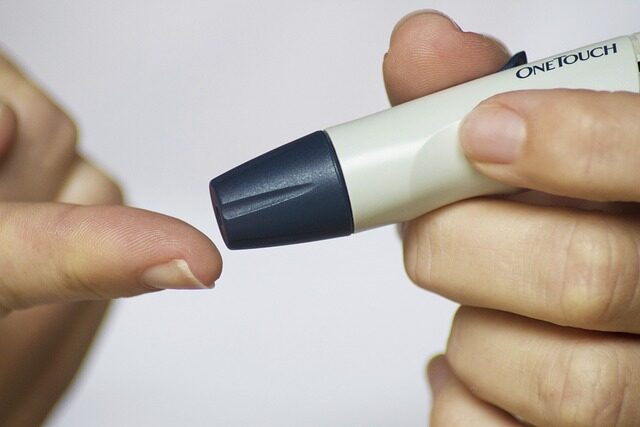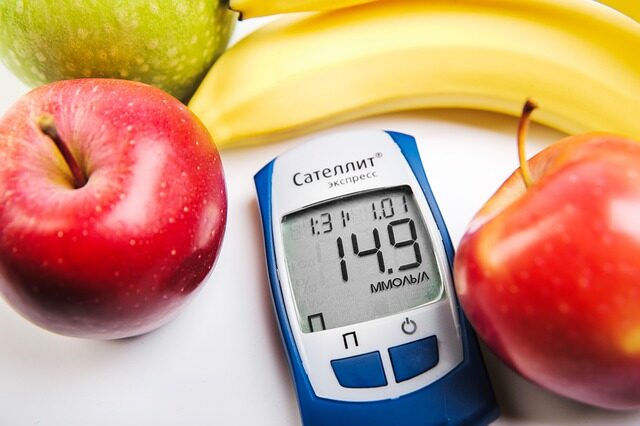Understanding early signs and symptoms of diabetes

Diabetes is a serious health condition that affects millions of people worldwide. Understanding the early signs and symptoms of diabetes is crucial for prompt diagnosis and management. Early detection can help prevent complications and improve quality of life.
Known for its stealthy progression, particularly in its type 2 form, diabetes can often go unnoticed until significant symptoms emerge. Recognizing these signs is the first step in taking control of one's health and mitigating the risks associated with this chronic disease.
- What Are the Early Signs and Symptoms of Diabetes?
- What Are 10 Warning Signs of Diabetes?
- What Are the Early Signs of Diabetes in Women?
- How to Prevent Diabetes?
- What Are the Early Signs of Diabetes in Men?
- What Are the Symptoms of Diabetes in Women?
- What Is a Complete List of Diabetes Symptoms?
- Understanding Related Questions on Early Signs and Symptoms of Diabetes
What Are the Early Signs and Symptoms of Diabetes?
Diabetes symptoms can be subtle and easy to overlook. Some of the common early indicators include increased thirst and hunger, frequent urination, fatigue, and blurred vision. These symptoms arise as the body tries to manage high levels of glucose in the blood.
Unintended weight loss and slow-healing sores are also signs that may suggest the onset of diabetes. It's important to take such symptoms seriously and consult a healthcare professional for an accurate diagnosis.
Another noteworthy symptom is tingling or numbness in the hands or feet, which could be a result of nerve damage caused by prolonged high blood sugar levels.

The appearance of darkened skin in certain areas of the body, especially around the neck and armpits, may also indicate insulin resistance, a precursor to diabetes.
What Are 10 Warning Signs of Diabetes?
- Excessive thirst and dry mouth
- Frequent urination
- Increased hunger
- Unexplained weight loss
- Fatigue and irritability
- Blurred vision
- Slow-healing wounds
- Frequent infections
- Tingling or numbness in extremities
- Areas of darkened skin
What Are the Early Signs of Diabetes in Women?
Women may experience certain diabetes signs that are unique or more prevalent in the female population. Yeast infections and urinary tract infections can be more common due to high glucose levels creating environments where yeast can thrive.
Polycystic ovary syndrome (PCOS), characterized by irregular menstrual cycles and excess hair growth, can also be an indicator, as it is often associated with insulin resistance.
Pregnant women should be aware of gestational diabetes, which can develop during pregnancy and usually resolves after giving birth, but increases the risk of type 2 diabetes later in life.

How to Prevent Diabetes?
Preventing or delaying the onset of diabetes can be achieved through lifestyle changes. Maintaining a healthy weight through a balanced diet and regular physical activity is crucial. Reducing intake of processed foods and sugars, and incorporating whole foods can make a significant difference.
Avoiding smoking, reducing alcohol consumption, and managing stress are also important factors in diabetes prevention. Moreover, regular screenings are recommended, especially for those with a family history or other risk factors.
What Are the Early Signs of Diabetes in Men?
While many symptoms of diabetes are common to both men and women, men may experience some distinct signs. These can include a decreased sex drive, erectile dysfunction, and reduced muscle strength.
Men should also be vigilant for the general symptoms, such as increased thirst and urination, and consult with a healthcare provider if they notice these changes.

What Are the Symptoms of Diabetes in Women?
Diabetes symptoms in women, beyond those already mentioned, can also include vaginal dryness, oral and vaginal yeast infections, and polycystic ovary syndrome (PCOS). It's essential for women to be aware of these symptoms and seek medical advice if they experience them.
What Is a Complete List of Diabetes Symptoms?
A comprehensive list of diabetes symptoms covers both common and less known indicators. Importantly, some individuals may not experience any noticeable symptoms, particularly in the early stages of type 2 diabetes.
Symptoms can include excessive thirst and hunger, frequent urination, weight loss or gain, fatigue, blurred vision, slow-healing sores, and areas of darkened skin.
Additional symptoms might encompass increased susceptibility to infections, irritability, and, in more severe cases, diabetic ketoacidosis, which can present with nausea, vomiting, and abdominal pain.

What Is One of the First Signs of Diabetes?
One of the first signs of diabetes is often an unusual increase in thirst, followed by more frequent urination. As the body tries to eliminate excess glucose, it can lead to dehydration, prompting an increased need for fluids.
These changes can happen gradually, making it important to monitor and take note of any significant alterations in thirst or urination patterns.
Can Diabetes Develop Suddenly?
Type 1 diabetes can indeed develop suddenly and is often diagnosed in children and young adults. Symptoms can emerge rapidly and may require immediate medical attention.
Type 2 diabetes, on the other hand, tends to develop more gradually and can often go unnoticed for years. Regular health check-ups can help in the early detection of this form of diabetes.

As part of understanding diabetes, it's helpful to learn from various sources. Here's a video that further explains the symptoms and management of diabetes:
Managing diabetes requires awareness and education. Regular check-ups, a healthy lifestyle, and knowing the signs can make a world of difference in living with this condition. By staying informed and proactive, individuals at risk can take control of their health and prevent or manage diabetes effectively.

Leave a Reply